In the world of film noir, the leading lights are usually listed as Raymond Chandler, Dashiell Hammett, James Cain and Cornell Woolrich.
Hammett was a writer who impressed and inspired Mark Dawidziak, a writer whose published works include biographies of Mark Twain (the white-suited author who Dawidziak has impersonated for more than 30 years), Edgar Allan Poe (see previous podcast on A Mystery of Mysteries: The Death and Life of Edgar Allan Poe) and Teddy Roosevelt along with books on Twilight Zone, Columbo and Kolchak the Night Stalker.
Dawidziak said he was moved to write his own book on Hammett after several biographies along with a PBS documentary appeared in the late 70s and early 80s.
Hammett in Hollywood would have explored Hammett’s working life in Hollywood—as a detective in the Fatty Arbuckle case, a union organizer and screenwriter, said Dawidziak. Hammett’s involvement in the movie capital also extended to the stories he wrote that became movies (including two excellent versions of The Glass Key but, most notably, The Maltese Falcon).
Finally, Dawidziak said, came the depiction of the mustachioed Hammett, himself, in a number of movies such as Julia (1977) and Hammett (1982).
But Hammett in Hollywood never got published, said Dawidziak. Mysterious Press, after accepting the piece, made the decision to publish only works of fiction.
A chapter from the book—on the radio show, The Adventures of Sam Spade that ran from 1946 to 1951 with Howard Duff as Spade for four of those years—turns up in The Big Book of Noir, a collection of noirish essays edited by Ed Gorman, Lee Server and Martin Greenberg.
Dawidziak interviewed Duff shortly before the actor’s death in 1990 to learn more about a radio series he characterized as unlike any other detective program of the period.
If you were looking for Humphrey Bogart’s depiction of Spade, you didn’t find it with Duff, said Dawidziak. “Duff had his own distinctive voice,” he said.
Good writing mixed with a sly—sometimes outrageous—sense of humor made the show stand out, Dawidziak said. The distinctive villains on Sam Spade came right out of Dick Tracy, he noted. Helping to sell the stories was a strong stock company of radio players that included Lurene Tuttle as Effie, Spade’s secretary, whose scenes with Sam are among radio’s best.
Dashiell Hammett was a real-life noir story as he was among those ensnared in the Red Scare of the early 50s, a time when any involvement with Communism was considered criminal.
Duff’s association with Hammett—simply playing the author’s best-known character—was enough to get the actor blacklisted. Cited in Red Channels, the maligning missive of the day, Duff was relieved of his duties as the wisecracking detective by Steve Dunne in the show’s final year.
Duff later found work in movies and on television, reappearing first in Mr. Adams and Eve (1957-58) with wife Ida Lupino.
Hammett, who died in 1961, also rebounded from the government’s character assassination attempts of the 50s, said Dawidziak. His five novels along with short stories and screenplays have made him almost as important as Twain when it comes to cultural impact, he said.
Sam Spade, the Thin Man, the Fat Man, and the Continental Op are all Hammett characters that continue to flourish in the ongoing world of film noir.





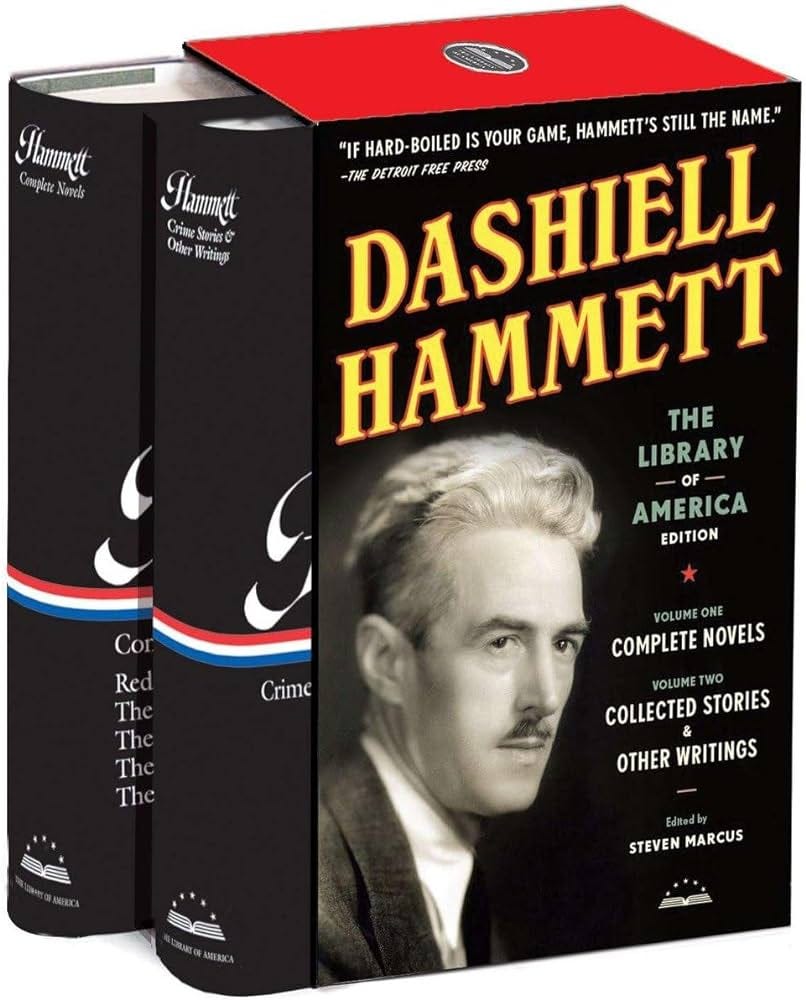



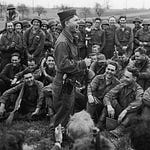
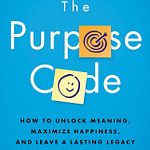

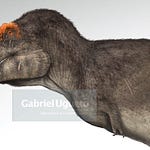
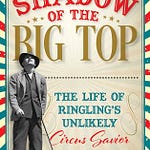
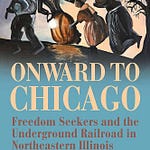
Share this post